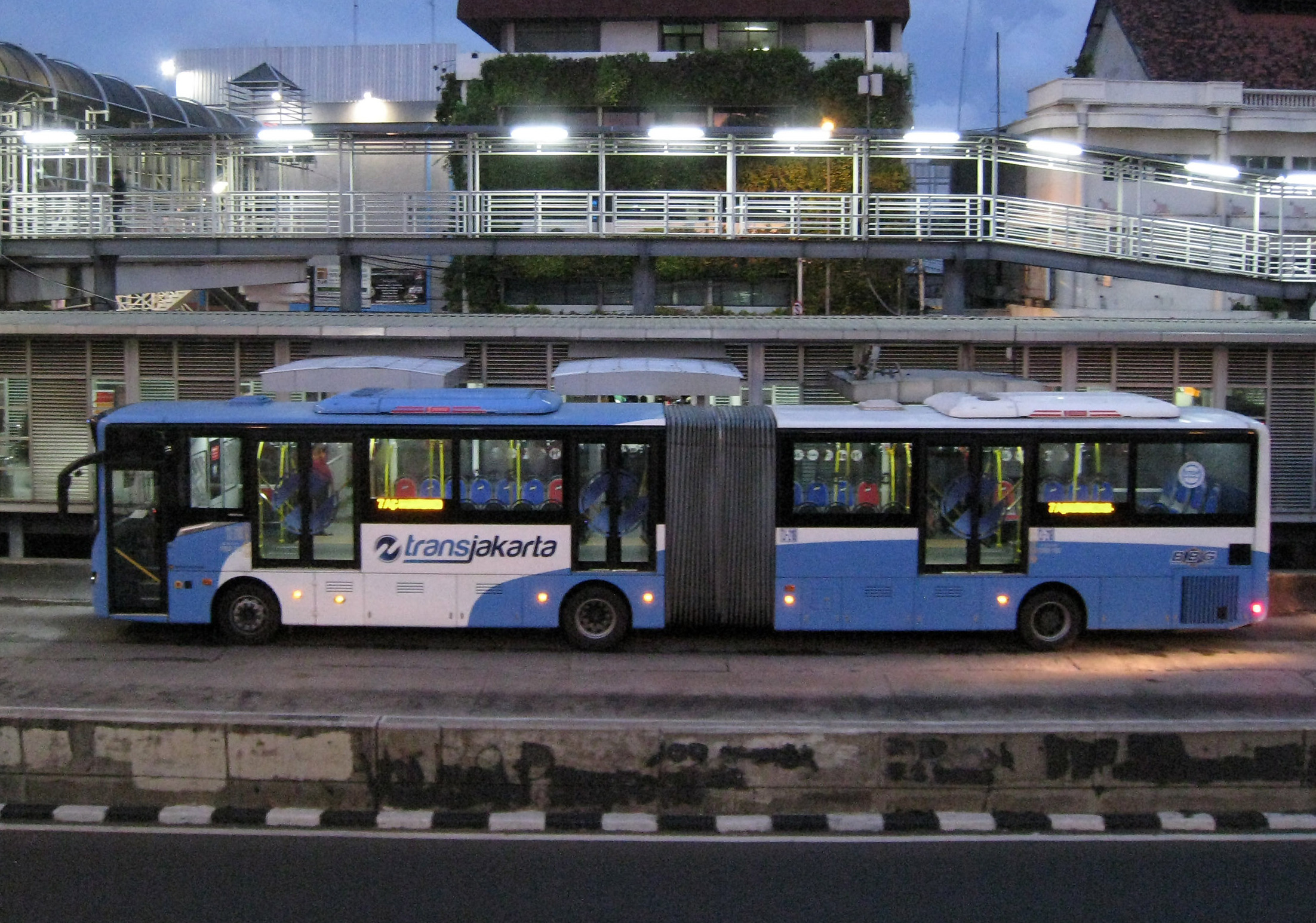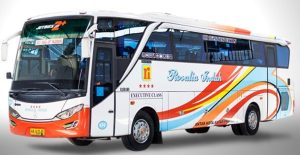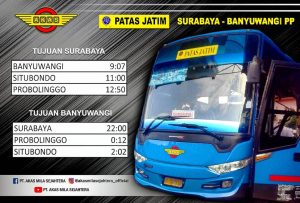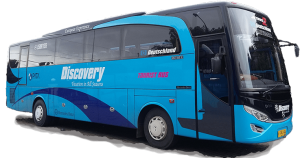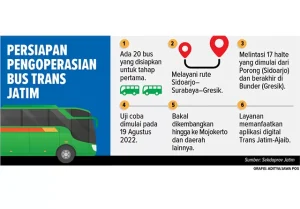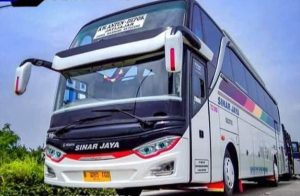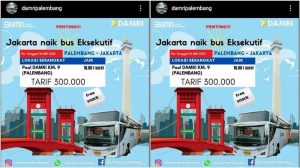1. Introduction
11. Environmental Impact of Koridor 1
One of the key benefits of TransJakarta’s Koridor 1, and the entire BRT system, is its positive impact on the environment. Jakarta, like many major cities, faces significant air pollution problems, primarily caused by private vehicles. With the number of cars and motorcycles on the road increasing each year, the city’s air quality has suffered, contributing to health problems for residents.
Koridor 1 plays a vital role in reducing pollution by providing an alternative to these private vehicles. By offering a fast, efficient, and affordable means of transportation, it encourages people to use public transport rather than driving. This leads to fewer vehicles on the road, ultimately reducing the amount of harmful emissions released into the atmosphere.
Additionally, TransJakarta buses run on low-emission engines, which further minimize their environmental impact compared to older, conventional buses. The use of cleaner fuel technologies in TransJakarta buses contributes to a reduction in air pollutants such as nitrogen oxides and particulate matter, which are known to be harmful to health.
Moreover, the BRT system reduces traffic congestion, meaning that cars on the road can move more freely, which also helps to reduce overall emissions. Fewer cars idling in traffic translates into better air quality for the city.
TransJakarta’s efforts are aligned with the Indonesian government’s commitment to achieving sustainable urban mobility, which not only benefits the environment but also promotes healthier lifestyles for Jakarta’s residents. The system’s growing popularity supports the city’s goals to promote environmentally friendly public transport and combat climate change.
12. Future Developments of Koridor 1
The TransJakarta network, including Koridor 1, continues to evolve to meet the growing demands of Jakarta’s population. The government and city authorities have outlined several plans for the future development of the BRT system, including improving infrastructure, expanding the network, and increasing the capacity of existing routes.
For Koridor 1, some of the most anticipated developments include:
-
Route Extension: One major improvement in the works is the potential extension of Koridor 1. There are plans to extend the route further north to Ancol, a popular recreational area, and expand its coverage to include more areas in the northern part of the city. This extension will help to provide a more direct connection between the northern coastal regions and the central business districts of Jakarta.
-
Integration with Other Modes of Transport: As part of the continued effort to make public transport more integrated, TransJakarta is working on improving the connectivity between Koridor 1 and other forms of transport. This includes enhancing interchanges with the MRT, LRT, and Commuter Line, as well as potential new connections with Jakarta’s upcoming monorail system.
-
Smart Technology Implementation: To further streamline the user experience, TransJakarta is planning to incorporate more advanced technologies, such as real-time tracking systems and mobile app upgrades, which will allow passengers to track buses more accurately and receive up-to-date information on arrivals and delays.
-
Infrastructure Upgrades: The stations along Koridor 1 are also being renovated and upgraded. This includes widening platforms, adding more seating and shelters, and improving accessibility features to cater to the needs of all passengers, particularly those with disabilities or special requirements.
These improvements are intended to accommodate the increasing number of passengers that TransJakarta serves and provide even greater convenience for travelers. With a growing population and the continuing urbanization of Jakarta, these enhancements will be essential in making Koridor 1 an even more reliable and comfortable option for public transport.
13. Tips for First-Time Riders
If you’re planning to use Koridor 1 for the first time, here are some practical tips to ensure a smooth experience:
-
Check the Route and Stations: Before boarding, familiarize yourself with the route and the stations along Koridor 1. TransJakarta’s official website and mobile app provide detailed maps of all corridors and stations, which will help you plan your journey. Knowing the key stops and interchanges will save you time and prevent confusion.
-
Use Digital Payment: Always carry an e-money card like JakCard or a similar prepaid card for easy and fast payment. Topping up your card before your journey is a good idea, as it ensures you won’t waste time at the station.
-
Avoid Peak Hours: If possible, try to avoid traveling during the busiest times, which are typically 7:00 AM – 9:00 AM and 5:00 PM – 7:00 PM. During these hours, the buses can become quite crowded, and you might have to wait for the next bus. Traveling outside these hours can provide a more comfortable experience.
-
Be Prepared for Weather: While the buses on Koridor 1 are air-conditioned, the stations can get hot, especially in the middle of the day. Always carry a bottle of water and be prepared for the heat, particularly during Jakarta’s long dry season.
-
Plan Your Transfers: If you need to transfer to another corridor or form of transportation (like the MRT), check the transfer points in advance. Most stations along Koridor 1, such as Bundaran HI and Gambir, connect to other corridors, allowing you to travel seamlessly across the city.
-
Safety First: Keep an eye on your belongings and be cautious when traveling during crowded hours. While TransJakarta is generally safe, it’s always best to remain alert, especially in busy areas like Bundaran HI or Blok M.
By following these tips, you’ll be able to navigate Koridor 1 with ease and enjoy the convenience of one of Jakarta’s most efficient transportation networks.
14. Why Choose Koridor 1?
Koridor 1 offers numerous advantages for both residents and visitors of Jakarta. Here are some of the top reasons why this corridor is a popular choice for commuters:
-
Fast and Efficient: With dedicated bus lanes and no interference from traffic, Koridor 1 buses are significantly faster than regular city buses. This is especially important during Jakarta’s heavy traffic hours when alternative modes of transportation can be slow and unreliable.
-
Affordable: At just IDR 3,500 per trip, Koridor 1 offers an affordable solution for daily commuters, especially compared to the costs of taxis or private vehicles. The cost-effectiveness of the system makes it a popular choice for people from all walks of life.
-
Comfortable: With air-conditioned buses, designated seating areas, and modern facilities, riding Koridor 1 is a much more comfortable experience compared to traditional buses. This is a major benefit, especially in Jakarta’s hot and humid climate.
-
Eco-Friendly: By reducing the number of cars on the road, Koridor 1 helps decrease traffic congestion and pollution, making it a more environmentally friendly option compared to private vehicles. The clean energy buses also contribute to lower emissions and cleaner air.
-
Convenience: With frequent services, real-time tracking, and easy transfers between corridors, Koridor 1 provides a convenient and accessible transport option for Jakarta’s commuters. It’s perfect for both short trips and longer commutes across the city.
15. Conclusion
Koridor 1 is an essential part of Jakarta’s public transport network. As the first corridor of the TransJakarta system, it has set the standard for efficient, affordable, and eco-friendly transportation in the city. With its extensive coverage, excellent connectivity to other forms of transportation, and commitment to accessibility and safety, it continues to serve as a vital lifeline for Jakarta’s residents.
As the city continues to grow, the development of Koridor 1 and the TransJakarta network will play a key role in improving mobility, reducing traffic congestion, and contributing to a greener, more sustainable Jakarta. Whether you’re a daily commuter or a first-time visitor, Koridor 1 offers a comfortable and reliable way to get around the city.

